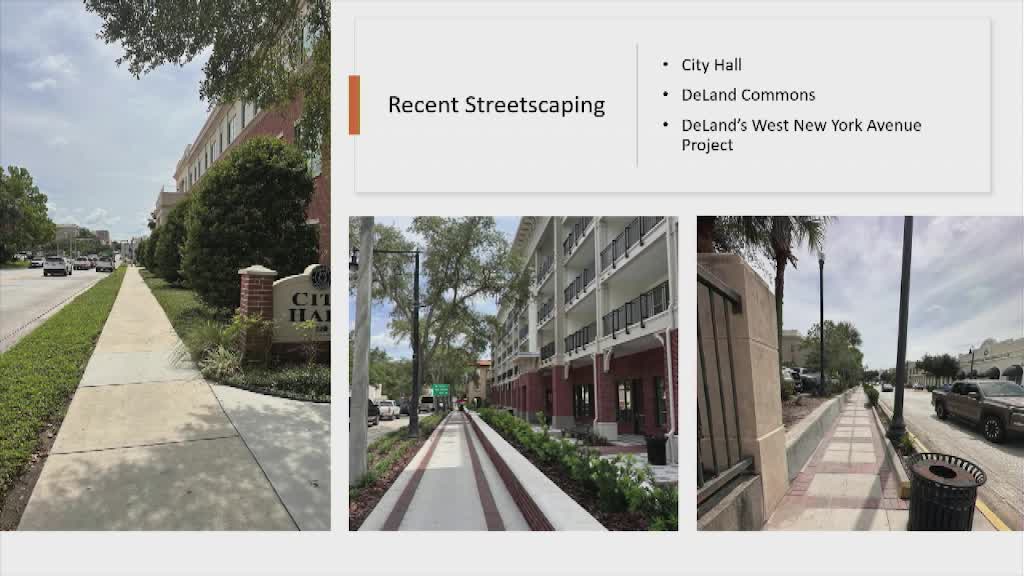City Board Faces Tough Decision on Controversial Building Project
August 01, 2024 | City of DeLand, Volusia County, Florida

This article was created by AI summarizing key points discussed. AI makes mistakes, so for full details and context, please refer to the video of the full meeting. Please report any errors so we can fix them. Report an error »

In a recent government meeting, discussions centered around the approval process for a proposed building project, specifically regarding the issuance of a Certificate of Appropriateness (COA). Board members emphasized that granting this certificate is merely the initial step in a lengthy review process that includes multiple layers of oversight.
The board has the authority to approve, conditionally approve, or deny the COA, but any decision must be accompanied by clear reasoning if the proposal does not meet compliance standards. Following the board's decision, the project will proceed to the Technical Review Committee (TRC) and subsequently to the Planning Board, with the City Commission also involved due to the project's size.
Concerns were raised regarding the project's design, particularly its massing and transition, which were noted as not aligning with the scale and character of the surrounding area. The city architect's report highlighted that while some design elements reflect the historic character of the district, they are insufficient to address the overall incompatibility of the proposed building with its neighbors. The architect recommended that the mass and scale of the building be reduced and its design modified to better fit the context of the contiguous properties.
This ongoing dialogue underscores the importance of community input and adherence to historical preservation standards as the project moves forward through the city's review process.
The board has the authority to approve, conditionally approve, or deny the COA, but any decision must be accompanied by clear reasoning if the proposal does not meet compliance standards. Following the board's decision, the project will proceed to the Technical Review Committee (TRC) and subsequently to the Planning Board, with the City Commission also involved due to the project's size.
Concerns were raised regarding the project's design, particularly its massing and transition, which were noted as not aligning with the scale and character of the surrounding area. The city architect's report highlighted that while some design elements reflect the historic character of the district, they are insufficient to address the overall incompatibility of the proposed building with its neighbors. The architect recommended that the mass and scale of the building be reduced and its design modified to better fit the context of the contiguous properties.
This ongoing dialogue underscores the importance of community input and adherence to historical preservation standards as the project moves forward through the city's review process.
View full meeting
This article is based on a recent meeting—watch the full video and explore the complete transcript for deeper insights into the discussion.
View full meeting